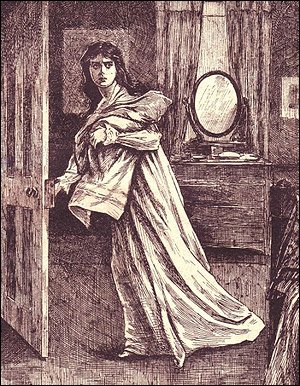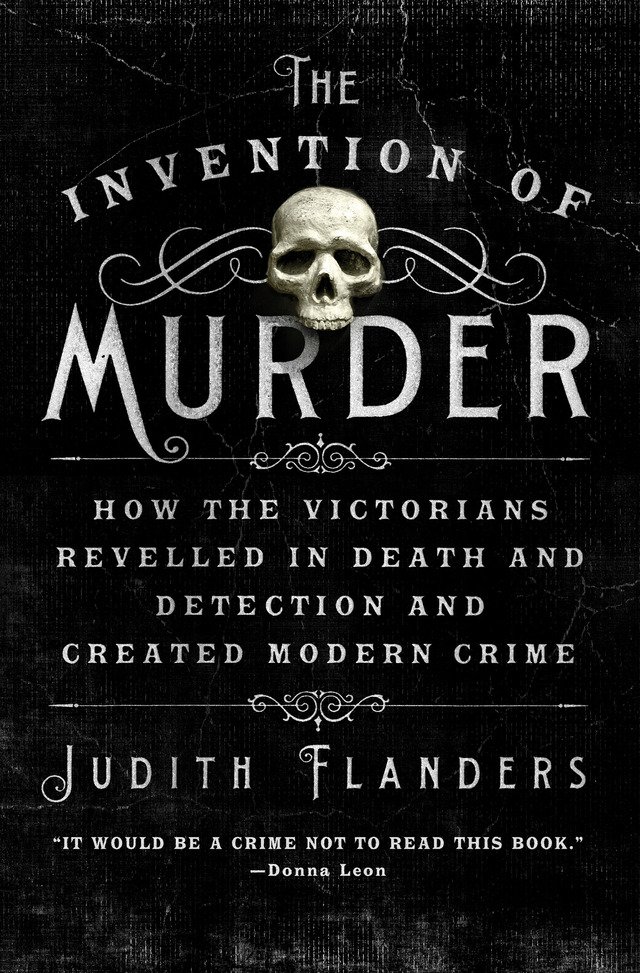Despite the title, this delightful tome is nearly 500 pages of salacious details of crime and murder in Victorian England — plus almost 100 pages of notes, bibliography and index. For someone like me, it’s a treasure trove of the ignoble and infamous. I admit, I got a little giddy when the book arrived.
It is stuffed from cover to cover with minute details of not only the crimes, but the criminals, the culture and the era that surrounded it. If there is anything to be taken away from this book, it is that crime does not exist in a vacuum. What drives people to steal? To con? To murder? And how do their fellows react? How was crime treated?
The Victorian Era was a turning point for a number of aspects in human history, including advances in medicine, industry, communication, invention — and crime solving. Before now, there were no police forces to prevent or investigate crime. These clues (or clews) were now not only being collected by a central system, there were also being distributed by popular mass media.
According to Mogg’s New Picture of London and Visitor’s Guide to it Sights, 1844, “the number of morning papers being about 28,000, and of the evening papers, about 12,000; the circulation of the Sunday papers has been stated at 110,000 copies.” Even if this is a generous estimate, it is a great many printed items being distributed — and crime paid.

One of my “favorite” cases is the Road Hill Murder, in which the estimable Mr. Whicher gains his fame as a detective. The case itself would go on (in some aspects) to inspire Wilkie Collins’ The Moonstone.
These details decorate the texture of the narrative, but are not integral to it; they were nothing compared to the use Collins made of Constance Kent’s story in The Moonstone. There is the stained, missing nightdress; the detective summoned from London, who fails at his task because he does not understand the upper-middle-class family, and returns to London in disgrace; Rosanna Spearman, the servant who is suspected of the crime, just as Miss Gough was; the daughter of the house who is the detective’s choice for murderer. ~Pg. 376
This book, while incredibly readable, is a great resource for Victorian history, early forensics, and the annals of crime. Enjoy this Halloween season.
Thanks to Loren at Thomas Dunne Books for the review copy.
_______________________
St. Martin’s Press
Thomas Dunne Books
July 2013
Hardcover
ISBN: 9781250024879
ISBN10: 1250024870
6 1/8 x 9 1/4 inches, 576 pages
Includes black-and-white illustrations throughout

